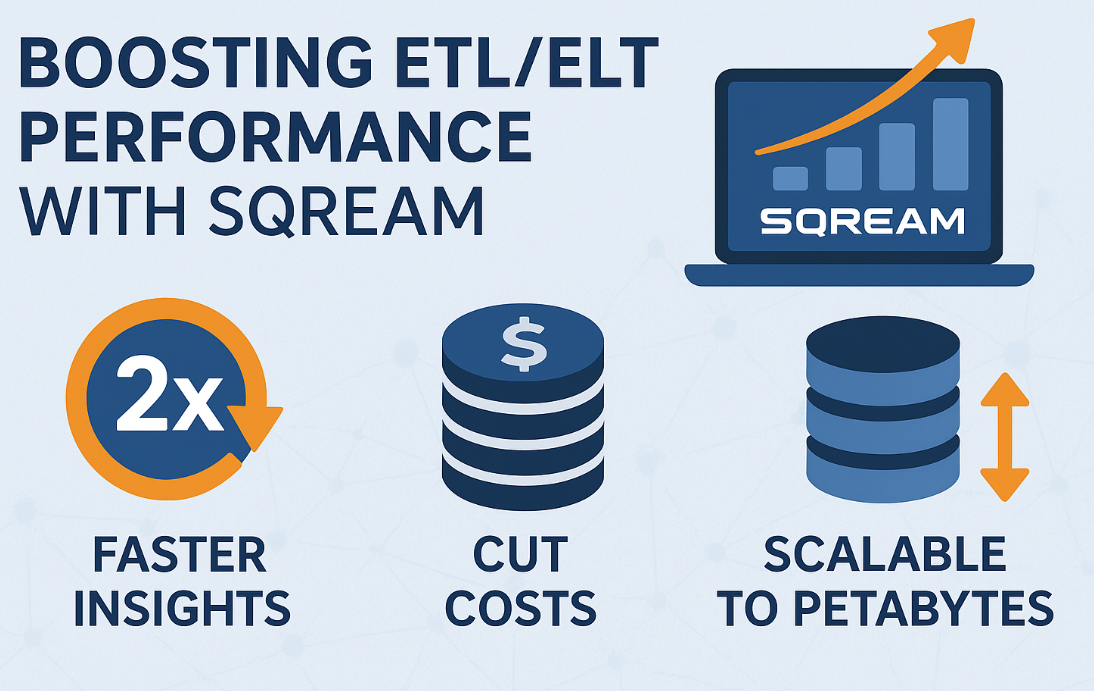Introduction
Inventory management and demand planning are considered important parts of the supply chain. Yet, many look at them as different and somewhat disconnected functions within supply chain management. In one view, demand planning is a forecast of what should or may occur with orders, while inventory management is related to having the stock on hand to produce the orders placed by customers.
Many companies are struggling to control inventory levels while managing customer demands across multiple channels. Having an inventory management system that provides excellent inventory accuracy is necessary to remain competitive.
Businesses that don’t keep a careful eye on their inventory and stock will find a host of problems. They will have customers placing orders that can’t be filled. They may misplace stock if they aren’t tracking it properly. These risks can be eliminated when using a quality inventory management system to ensure inventory accuracy.
Tracking inventory in motion from supplier through delivery means companies can accurately utilize perpetual inventory systems. For manufacturers used to quarterly inventory that allowed little process improvement for system errors, the cost can be analyzed and managed to the unit from beginning to end. Software can enable tactics such as vendor-managed inventory to see actual counts and potential disruptions upstream and act accordingly.
Traditional Inventory Optimization Challenges
Traditionally, the Inventory management is a manual process. Many companies used periodic inventory accounting to “tighten up” and identify errors and scrap rates. Unfortunately, this meant that answers were not always available until the dreaded quarterly inventory was conducted, if then. And a time lag of weeks or months meant that process improvement was difficult.
These manual methods were no match for a complex inventory environment. But over time, software became available to automate counting and reconciliation. Many companies were able to move from a periodic inventory to a perpetual inventory system and take advantage of technologies such as barcoding, RFID tagging, and scanning to keep track of inventory on a real-time basis.
Advantages of effective Inventory Optimization
Business can control their inventory levels, and reap following benefits through inventory accuracy;
Inventory Accuracy increases transparency for Business
When a business manages their inventory accurately, they will have a much better understanding of how much product they will need to have on hand to meet customer demands. This will ensure that company don’t have to worry about running out of items all the time. Knowing how much inventory company also ensures that their customers aren’t placing orders for products, which do not have availability. There will be less of a concern of shortages without worrying about having too much inventory in stock.
Accurate Inventory Creates an Organized Warehouse
One of the major challenges of many warehouses is being disorganized. When company have a large number of products to store, it is easy for things to be misplaced if they don’t have an inventory management system in place. Disorganization can lead to products being lost or not tracked properly. These items will sit on the shelves and never sell because they have not been accounted for or cannot be found.
Company will find many different ways that they can organize your warehouse. Some companies tend to put the bestselling items together in places that are easily accessible. Others have different locations for different types of items, keeping like items together. How you store the products can be just as important as having a system that is easy to understand so inventory can be found when needed.
Having Accurate Inventory Saves Time and Money
Inventory accuracy will also help companies to save a substantial amount of time and money. When company keep track of items that are available and that have been ordered, they won’t have to do an inventory recount. Quality solution can update the stock in real-time, so company always know what is available without needing to worry about checking it by hand.
Because company will also know which products are selling well and which ones are not selling, they will know what they may want to discontinue selling. If company have a product that doesn’t sell, it is just taking up valuable space on your warehouse shelves. Being able to get rid of the slow sellers and non-sellers will be a huge benefit. It also gives you more insight into the types of products, company should be stocking or manufacturing.
Inventory Accuracy Improves Efficiency and Productivity
The employees who are working in the warehouse will appreciate having an accurate inventory system, as well. When you use a system that has barcode scanners and inventory management solution, it makes their work easier. They will know exactly where to find the items in the warehouse. They will also simply scan the item’s barcode when picking it rather than taking the time to write everything down manually.
These speeds up their job, and it makes everything far more efficient. It helps to improve the productivity and the happiness of your employees.
Inventory Accuracy Leads to Loyal Customers
In addition, accurate inventory will also be helpful for end customers. They won’t try to place orders for items that are not available, for example. Since company will have a better sense of what is selling, they are more likely to have those popular items in stock, as well. The customers will be happier because the shipping process tends to be smoother and faster, as well. This means faster shipping for them and fewer returns for your company to contend with.
Given all of the benefits that can be had with proper, accurate inventory optimization, it is time that you changed how you do business.
Inventory Optimization Conceptual Framework
An optimal grocery: buying strategy could save customer a few dollars, but for many of the businesses that partner with OPEX, inventory optimization opportunities register in the millions.
Overstocked warehouses leech off a business’s bottom line. They get overstocked for the right reasons: to keep the business running, and to keep the customers happy. But a dollar spent on goods held in stock is a dollar not spent on growth-driving activities, like recruitment, research, or other such investments. Consequently, it’s important to spend only what’s necessary on inventory.
Over a specified period of time, how much inventory should retail store hold to cover your average (or expected) need and your volatile (or random) need?
Time Frame: The amount of food customer buys scales to the period of time between my last grocery purchase and my next grocery purchase. This time span is referred to as
Average: Customer have a pretty good idea of how much grocery he can consume over the course of a week.
Volatility: Furthermore, customers don’t always go to the grocery store as planned. Though it’s generally about a week, the precise amount of time until my next grocery replenishment is unknown.
Conclusion
Of the two components, determining how to cover for volatility poses the greater challenge and risk of increased costs. Overstocking and understocking will inevitably happen, so the goal of my inventory optimization is to balance the too little/too much tradeoff as effectively as possible.
Numerous models exist to derive the optimal tradeoff, and you can select one based on the characteristics of your specific system and your desired decision-making criteria (more on that in another post). For now, just keep in mind that inventory planning gets tricky when accounting for randomness in the consumption and receipt of goods.
There is proposed inventory optimization framework for starting to analyze your inventory situation. By asking the question “Over a specified period of time, how much inventory should you hold to cover your average (or expected) need and your volatile (or random) need?”, you can begin to optimize inventory.
Anywhere that goods for sale are stored, whether in a brick-and-mortar storefront, at a client-facing distribution center, within a warehouse feeding your production line, or at a source of raw material extraction, customers can save money by implementing an inventory optimization practice.











